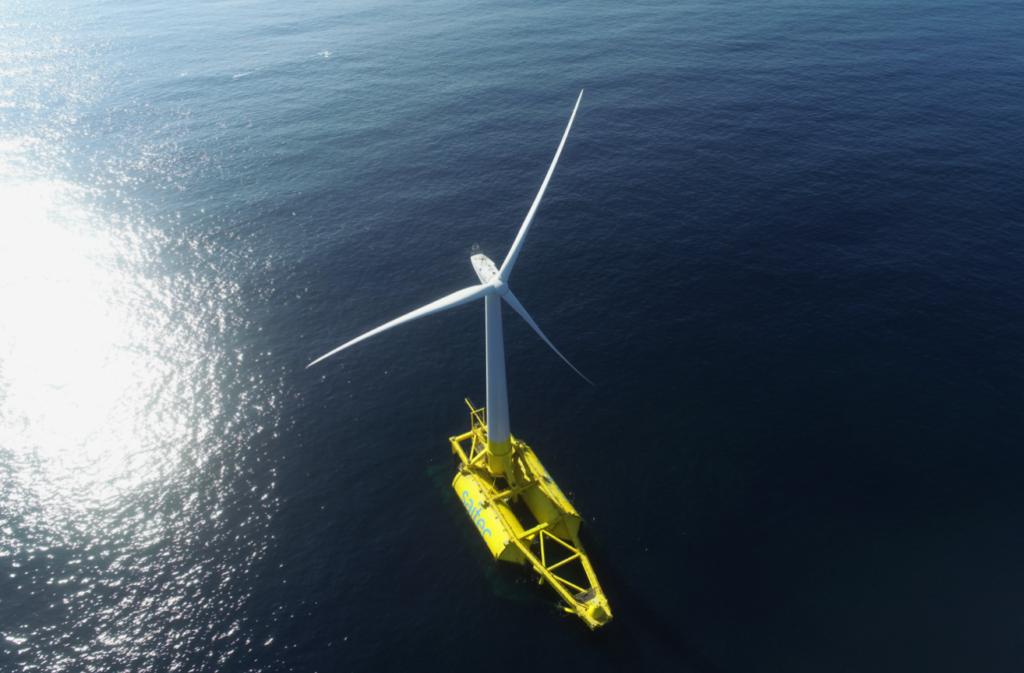RWE and Saitec Offshore Technologies have initiated enhanced environmental monitoring studies at the DemoSATH floating offshore wind project off the Basque coast of Spain.
The two companies have launched the DemoSATH Lab initiative to carry out further environmental monitoring around the demonstrator.
The research will study the platform’s interactions with the environment, focusing on the possible impact on birds, the emission of underwater noise, and the interactions of marine life with the structure.
The program will last until at least the end of 2025 to span multiple seasons and weather conditions.
“The DemoSATH Lab research will help us to increase our understanding of key biodiversity aspects of floating offshore wind turbines, such as underwater noise and bird interactions during operation. This will help us to ensure our future development of floating offshore wind is undertaken in coexistence with nature,” said Martin Dörnhöfer, Director of Floating Wind at RWE Offshore Wind GmbH.
For bird interactions, the research will use data from the DTBird monitoring system already installed on the DemoSATH platform. Its dual aims are to understand bird interactions with floating wind turbines and foundations and to improve bird detection module algorithms and responses.
An underwater noise monitoring system has also been set up for the operational phase of the project.
The outputs will be compared to baseline underwater noise profiles measured before the demonstrator was installed and during commissioning to better understand the operational noise of floating wind installations and their impact over the project’s lifetime.
Additional information about marine mammals around the structure may also be obtained.
A remotely operated vehicle (ROV) is planned to be periodically deployed to observe how marine life interacts with the project’s substructure, moorings, anchors, and power cables within the local environment.
“The knowledge acquired, based on the experience in DemoSATH Lab will allow Saitec Group to improve the ecological fit of SATH technology and develop floating offshore wind projects respectful to the marine environment,” said Javier Del Real, Head of Environment and Stakeholder Engagement at Saitec Offshore Technologies.
Located two miles (approximately 3.2 kilometers) off the Basque coast at the Biscay Marine Energy Platform (BiMEP) testing area at Armintza, the DemoSATH platform features a turbine with a capacity of 2 MW, installed in September 2023.
Its annual production is equivalent to the electricity consumption of about 2,000 Spanish households. As a result of this project, floating offshore wind technology was introduced into Spain’s energy mix for the first time.
The commissioning marks the beginning of a two-year operational period to gather data about the behavior of the SATH technology, developed by Saitec Offshore Technologies.
The project’s success is due to the combined capabilities of the partners; Saitec Offshore Technologies, as the designer of the SATH technology and project developers; RWE contributing its expertise in the offshore wind sector; and Kansai Electric Power Company (KEPCO) with its experience in energy.
Original Story at www.offshorewind.biz
